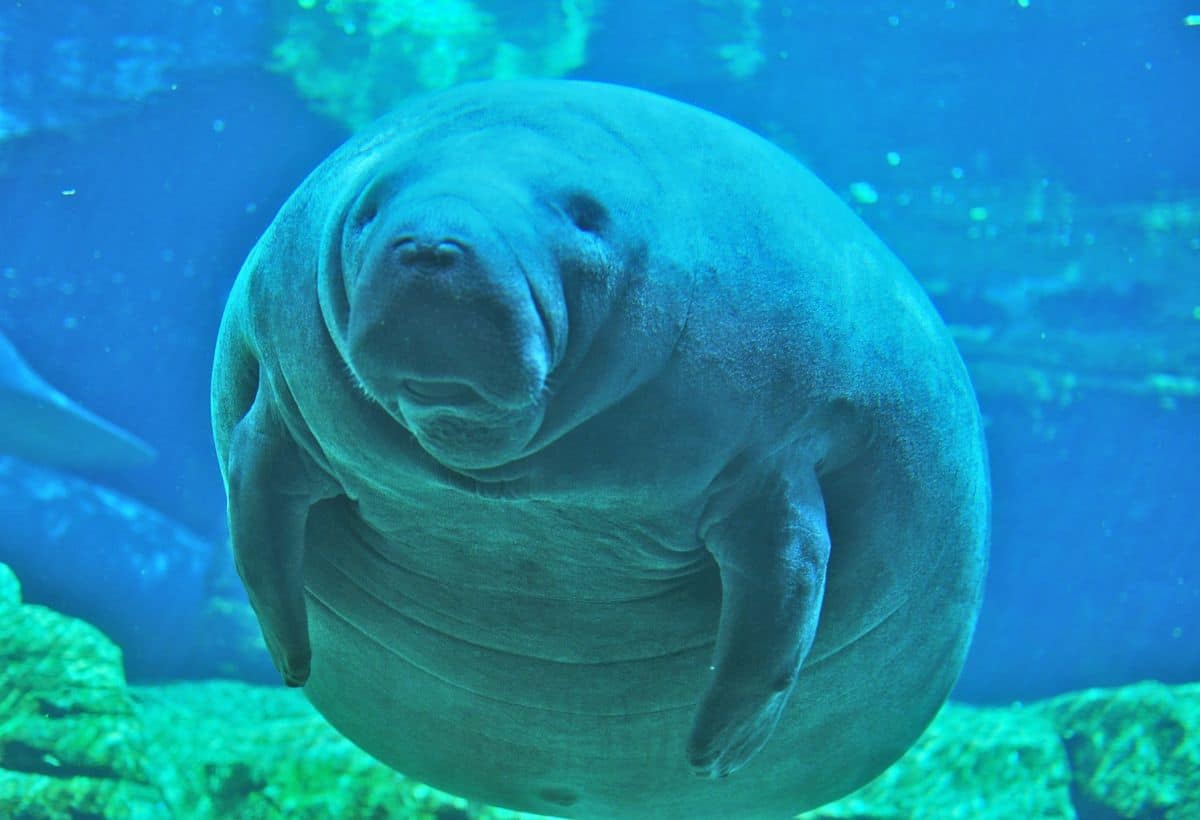Introduction
The cow holds a revered status in Hindu culture, often referred to as “Gau Mata” or Mother Cow. While we typically associate cows with land, there exists a fascinating counterpart in marine environments known as the sea cow. This gentle creature, known for its calm demeanor and herbivorous diet, is facing severe threats that jeopardize its survival. In this article, we will explore the characteristics, behaviors, and conservation efforts surrounding these remarkable marine mammals.
What Are Sea Cows?
Sea cows, scientifically referred to as manatees, are peaceful marine mammals that spend much of their time grazing on underwater vegetation. There are four known species: three types of manatees and one species of dugong. These animals thrive in warm coastal waters and estuaries where seagrass beds are abundant. Their docile nature ensures that they pose no threat to humans, making them beloved by nature enthusiasts and conservationists alike.
Physical Characteristics
Sea cows resemble large seals but are quite distinct in various ways. They typically have a lifespan of 50 to 60 years and possess several unique physical traits. Notably, their necks have only six vertebrae, contributing to a limited range of motion. If a sea cow wishes to look in a different direction, it must turn its entire body, a fascinating adaptation for life in water.
Evolutionary Background
Interestingly, the genetic makeup of sea cows shows a significant similarity to that of elephants. This relationship dates back to their ancestors, which roamed the land millions of years ago on four legs. As they evolved to adapt to aquatic environments, these creatures transitioned to a fully marine lifestyle while maintaining their herbivorous diet.
Threats to Survival
Despite their gentle nature, sea cows face numerous challenges that threaten their existence. The primary threat is hunting, as their bodies contain large amounts of fat, making them targets for poachers. Additionally, human-induced pollution and habitat destruction exacerbate the decline of their populations. As a result, these magnificent creatures are currently on the brink of extinction, highlighting the urgent need for conservation measures.
Conservation Efforts
Recognizing the plight of sea cows, governments and conservation organizations are working diligently to protect these animals. A significant initiative was launched in 2021 by the Tamil Nadu government in India to safeguard the local population of sea cows found in the Gulf of Mannar. This area, situated between the southeastern tip of Tamil Nadu and the western part of Sri Lanka, is critical for the survival of these marine mammals.
The establishment of the “Dugong Marine Conservation Reserve” aims to provide a safe habitat for sea cows, thereby preventing further decline in their numbers. Such proactive measures are crucial for the long-term survival of these gentle giants of the sea.
Conclusion
Sea cows are not just fascinating marine creatures; they are an integral part of our planet’s biodiversity. Understanding their characteristics, the threats they face, and ongoing conservation efforts is vital. By raising awareness and supporting protective measures, we can help ensure that these gentle giants continue to grace our oceans for generations to come.











